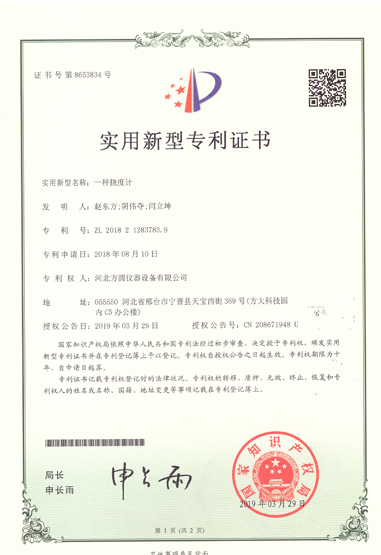fixture factories
Understanding Fixture Factories in Software Development
In contemporary software development, particularly within the realms of testing and automation, fixture factories play a vital role. They streamline the creation of complex data structures and test fixtures, making the development process more efficient and less error-prone.
At its core, a fixture factory is a design pattern that facilitates the generation of test data. This is especially useful in unit tests and integration tests, where a consistent and reliable dataset is crucial for validating application behavior. Fixture factories enable developers to create predefined sets of data that can be reused across various tests, ultimately reducing redundancy and improving maintainability.
One significant advantage of using fixture factories is the improved readability of test code. Instead of hardcoding data directly into tests, developers can define data templates that are descriptive and clearer. For instance, rather than having a test case cluttered with long strings of user information, a fixture factory can encapsulate this data in a simpler, more manageable form. This not only helps in understanding the purpose of the test but also allows for easier updates in case the underlying data structure changes.
fixture factories

Moreover, fixture factories promote the principles of DRY (Don’t Repeat Yourself) and KISS (Keep It Simple, Stupid). By leveraging these factories, developers can avoid repetitive code, which often leads to bugs and inconsistencies. Instead of duplicating the logic to create test data across multiple tests, a single fixture factory can be modified or extended as needed. This centralization fosters a cleaner codebase and makes maintenance far more straightforward.
Some popular libraries and frameworks support fixture factories. In the Ruby on Rails ecosystem, for instance, Factory Bot is a widely used tool that enables developers to define and create factories for test objects. Similarly, in Python, libraries such as Factory Boy fulfill similar purposes, making it easier to generate test data aligned with application models.
Notably, fixture factories excel in scenarios with complex data relationships, such as when testing models with foreign key relationships. Instead of manually setting up each associated record for every test, developers can define relationships within the factory, allowing for seamless creation of fully populated objects. This capability not only saves time but also ensures that tests are less brittle and more resilient to changes in data structure.
In conclusion, fixture factories represent a powerful strategy for managing test data in software development. By enhancing data creation, improving readability, and adhering to best coding practices, they help developers write more effective tests and build more robust applications. As the demand for high-quality software continues to grow, the effective use of fixture factories is likely to become an increasingly indispensable aspect of the development workflow.
-
Why the Conductor Resistance Constant Temperature Measurement Machine Redefines Precision
NewsJun.20,2025
-
Reliable Testing Starts Here: Why the High Insulation Resistance Measuring Instrument Is a Must-Have
NewsJun.20,2025
-
Flexible Cable Flexing Test Equipment: The Precision Standard for Cable Durability and Performance Testing
NewsJun.20,2025
-
Digital Measurement Projector: Precision Visualization for Modern Manufacturing
NewsJun.20,2025
-
Computer Control Electronic Tensile Tester: Precision and Power for the Modern Metal Industry
NewsJun.20,2025
-
Cable Spark Tester: Your Ultimate Insulation Assurance for Wire and Cable Testing
NewsJun.20,2025
 Copyright © 2025 Hebei Fangyuan Instrument & Equipment Co.,Ltd. All Rights Reserved. Sitemap | Privacy Policy
Copyright © 2025 Hebei Fangyuan Instrument & Equipment Co.,Ltd. All Rights Reserved. Sitemap | Privacy Policy
